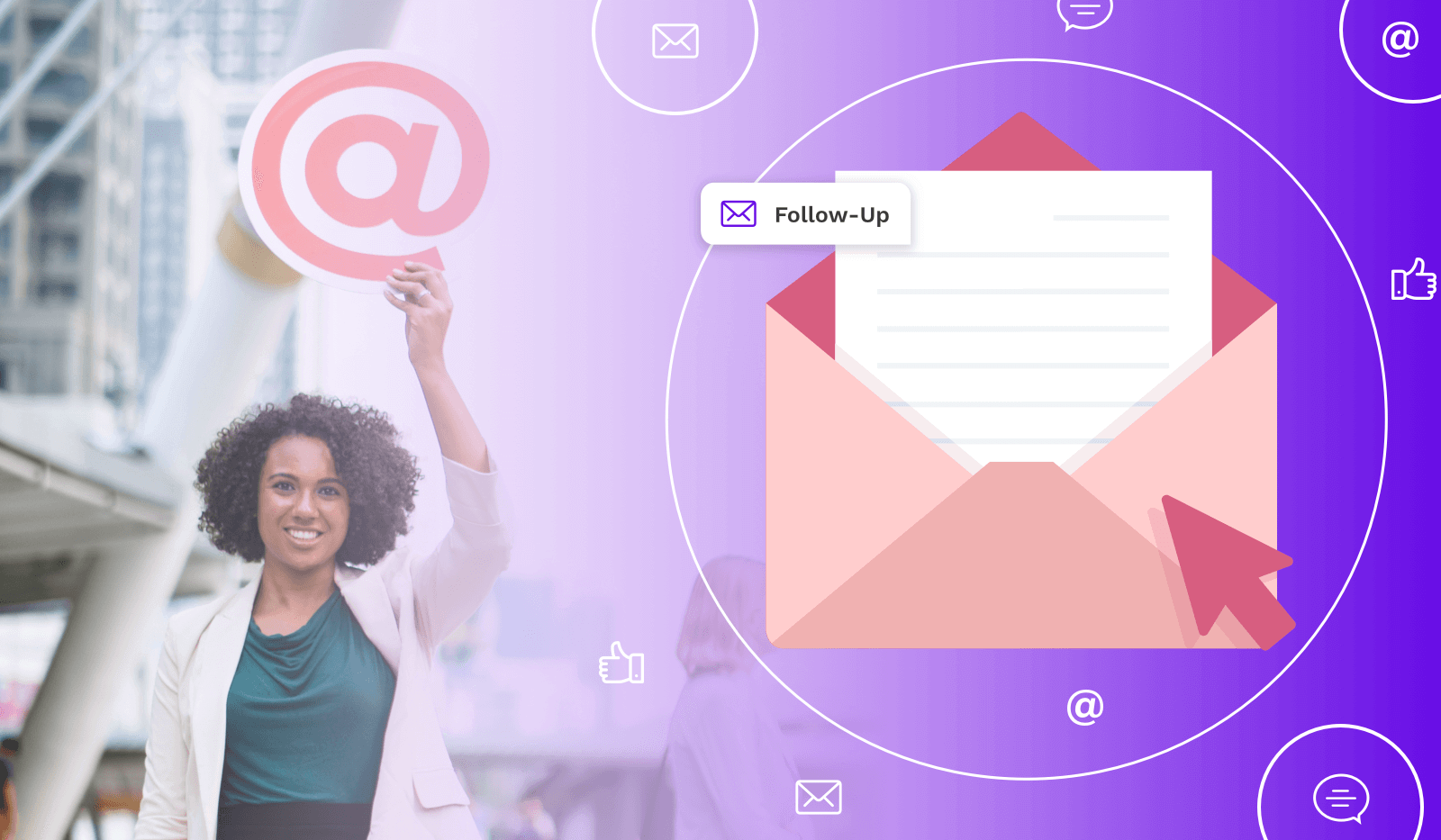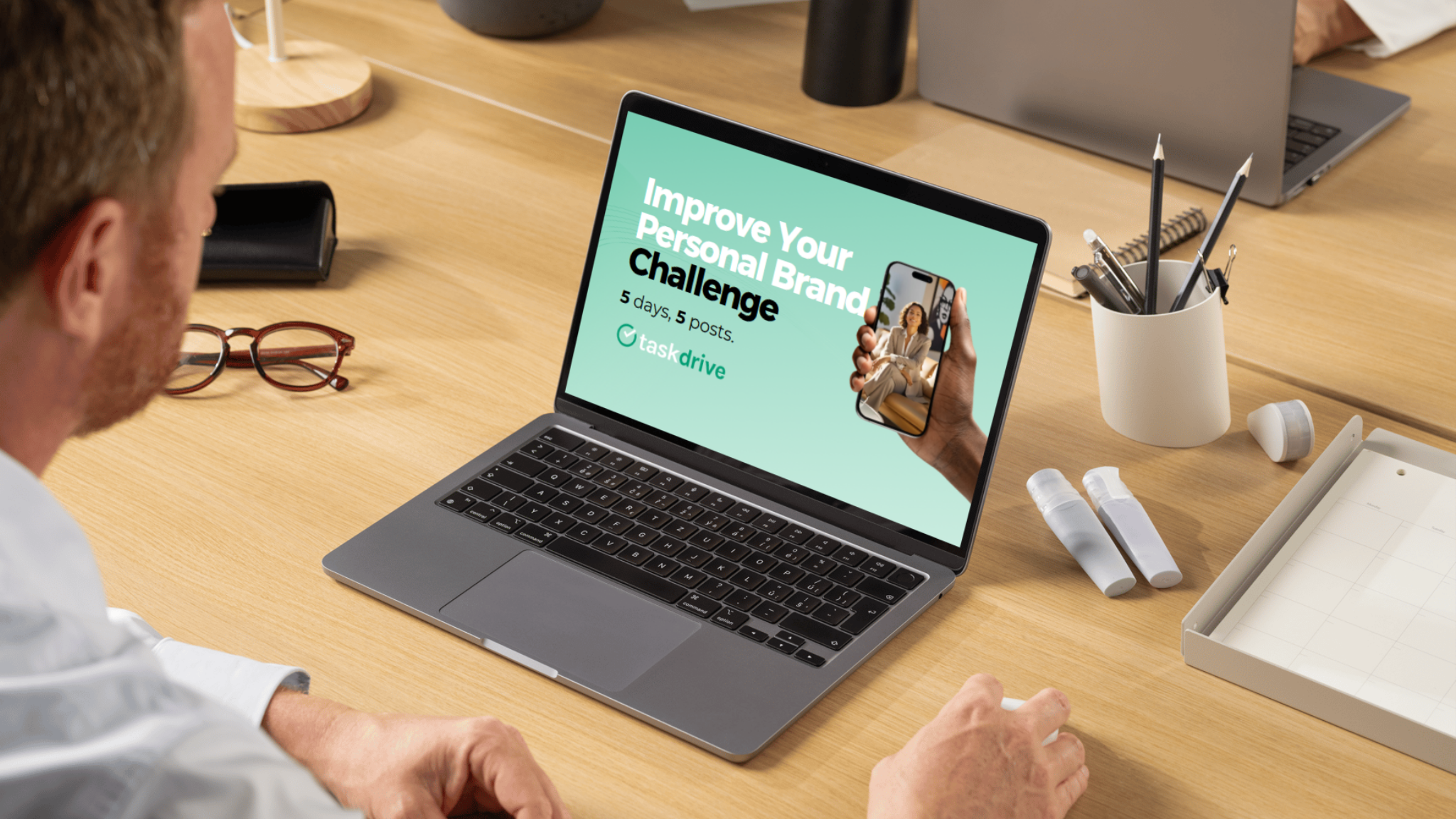On average, about 92% of salesmen won’t be able to close a meeting. To close a sale, almost 80% of deals require 5 or more follow up emails after meeting.
That means at least five actions are required to get the customer to say yes. Here are more sales numbers to put that in perspective:
- 44% of salespeople give up after refusal on the first follow up.
- 22% give up after two “nos.”
- 14% give up after three “nos.”
- 12% give up after four “nos.”
If you add up these numbers, you will see how the 92% of salesmen miss out on potential deals because they don’t know how to properly follow up meetings. If you’re scared that you might be one of them, don’t sweat it. Here is our step-by-step guide to following up via emails to seal the deal.
1. Leave the Meeting With Actionable Terms
We talked about this previously while discussing effective ways to schedule more meetings with your prospects. Never leave your clients confused about anything. If you listen properly during your meeting, you should have an idea of the problems they face and need help with. At the end of every meeting, set aside a few minutes to clearly define the next steps and actions you will be taking. It will show your prospects that you are serious about helping them.
- Was it an introduction/discovery call? The next step would be sending a proposal or setting up a product demo.
- Was it a demo call and the prospect seems interested? The next step would be onboarding them as your client.
Set up clear timelines and expectations, and make sure the client agrees with them. This also goes for each and every follow-up in the future.
2. Send a Follow Up Email Immediately After
The best time to follow up is right after the meeting—even if it means sending something as simple as a thank you message.
Here is a sample follow up email you can use after your business meetings:
Hey <name>
Thank you for your time this morning. It was great discussing <relevant topics/ problems they face> with you.
Just as a reminder, here is what we discussed today:
- <meeting notes point 1> – this shows them you were listening during your conversation
- <meeting notes point 2> – it also tells them you’re serious about helping them
Here would be the next steps:
<share the next steps that you discussed at the end of the meeting>
Once again, appreciate you meeting me today, and excited to be working with you. I’ll follow up with you if I do not hear from you by <date>.
Cheers,
<your name>
3. Create A Follow Up Email Sequence
Let’s face it, you can remind yourself all you can to keep up with your emails, but sometimes work and life happens. Before you know it, 10 days have passed without the follow up you planned on sending immediately after. Minor slip-ups here can result in missing out on crucial decision windows.
Hence why a follow-up sequence is very important, it will ensure that you stay consistent and on time with your communication. Define specific time intervals for your follow-ups, and add your prospect to the sequence immediately after the first meeting.
Here is the example sequence for timing your follow-ups:
1. Follow up > Day 1 (+2)
2. Follow up > Day 3 (+4)
3. Follow up > Day 7 (+7)
4. Follow up > Day 14 (+14)
5. Follow up > Day 28: (+30)
6. Follow up > Day 58: (+30)
… (from there on once a month)
There are no set rules for the number of follow-ups. It obviously depends on the context and your relationship with the prospect. Some might convert after just 2 follow up emails, and others might take up to a year to respond.
4. Add Value for The Customer in Every Follow-Up Email
Follow up emails should NOT be sounding like this:
- “Just wanted to see if you had received my previous email”
- “Just wanted to check if you had received my previous follow up” (geez)
- “I wanted to follow up on our conversation”
The problem with these follow-ups is that they are centered around YOU, and your interest. What value does the client get from engaging with your email?
You know about their pain points, so make your intent to solve them loud and clear. Provide value by sharing relevant resources, ebooks, blog posts, white papers, ideas and insights, case studies, buyers guides, webinars, and content that might be of interest in every follow-up instead of just “touching base”. Content like case studies will also remind them that your product is the best solution for their problems.
Bonus Follow Up Tip For The Highest ROI: Ask Your Clients
The best way to find out if your follow up emails are working or not is to simply ask your clients for feedback. Consider asking them one of these questions and customize your emails accordingly:
- “How can I stay in touch without being annoying? Is there any medium you prefer?”
- “I’m sure you must get many emails every day – is there anything I can do/add to my subject line to make mine stand out?”
- “Is there any specific information that you’re looking for <about my industry/my role/product/problems you face>? “- This often helps as it’ll make them think about the problems they face, and you have the advantage of adding more value to your follow up emails.
This tip works because it shows the client that you genuinely care about helping them, and you are making a commitment to do so. Always keep in mind that the important thing is to provide value in your follow-ups without asking for anything. In the end, the more value you provide for your prospects, the chances of closing the deal are bigger.



